by Mike Gulett –
When I imported a car from the US East Coast to California I had to drive the car to the Department of Motor Vehicles (DMV) so that the VIN number could be inspected and compared against the title before I could complete the registration. The California DMV wanted to be sure there was a real car that matched the VIN number on the out of state title.
A friend of mine was able to register a bare chassis in California without a title. It really wasn’t a car, it was only a chassis, and the title had long been lost. The DMV’s records did not go back to when this car was first registered.
If your vehicle is not mobile the California Highway Patrol, or certain city police departments, will send an officer to your location to verity that the VIN number is indeed the number on the chassis. This is a key step in getting a new title when the original title has been lost.
As most of us know dealing with the DMV can be frustrating and that is one reason to understand their process before you begin. And I suggest you always have all of your paperwork prepared and signed by all of the necessary parties before going to the DMV office or you may need to make another trip.
In a guest post below the writer explains other steps in getting a lost automobile title replaced.
by Jason Lancaster
When you decide to restore a classic car, part of the satisfaction comes from the fact that you’ve rescued your vehicle from certain oblivion. Therefore, looking for “barn find cars” – a classic car hidden in a field, a forgotten garage, etc. – is both fun and rewarding. If you’re lucky, you’ll find a gem that you can rescue from neglect.
However, if there’s a problem with hunting for barn find cars, it’s that these forgotten vehicles often don’t have a title. Twenty, thirty, or fifty years later, vehicle titles are often lost or forgotten, and while you can usually pay someone for the right to haul the car away, registration is another matter.
Fortunately, there is a relatively straightforward solution to the “I lost the title” problem. Using your state’s bonded title process, you can secure title for any abandoned or forgotten vehicle you find and get your registration.
What’s a Bonded Title?
If you’ve ever heard the expression “possession is nine-tenths of the law,” then you know that physically possessing a vehicle makes you the owner – at least in the eyes of the law – until someone else can prove that they own the vehicle instead.
Therefore, if you have possession of a vehicle and the rightful owner is unknown, your state has a process that allows you to secure a title.
1. First, you need to make every effort to find the rightful owner.
2. Second, you need to purchase a bond equal to (or in excess of) the value of the vehicle you want to title.
3. Third, you file some paperwork and turn the bond you purchased over to the state.
4. Finally, assuming your paperwork is correct, the state will issue you a title.
You turn the bond you buy over to the state so that they have something to give the vehicle’s original owner should he or she re-appear at some point in the future. Since the state essentially “gives away” someone’s property when they issue you a bonded title, the bond is paid to the original owner as compensation.
You get the car, the original owner gets a check, and the state gets to wash their hands of the whole thing. Make sense? Great. Here’s how you go about it.
The Bonded Title Process
Please note that the process listed below is a little bit different in each state. However, this is a good general guide. Be sure to contact your local DMV for specifics.
1. VIN number search – A VIN number must be searched by law enforcement or DMV offices to determine if the car was stolen and to see what other facts can be discovered.
2. Title search – Using the VIN number, a title search is next. Most states will conduct a title search for a fee.
3. Proof of lien release – If the title search turns up any liens on the vehicle, those liens must be released (paid off). Sometimes this means you’ll need to contact the original lien holder.
4. Vehicle Appraisal – The vehicle must be appraised to determine its value, however small that value may be.
5. Purchase a Surety Bond – A bond must be purchased for at least one and a half times the appraised value, and often twice the appraised value (the amount varies by state, so again you’ll need to check with your local DMV).
6. Vehicle safety inspection – A safety inspection will determine if the vehicle is roadworthy or not, which in turn determines what type of title you can apply for (either a regular title or a salvage title).
7. Complete an Affidavit – Most states require you to fill out an affidavit explaining why you are going through this process and why no title currently exists. You may be asked to explain where you found the car, what you did to try to find the original owner, etc. Some states may require you to run an ad in the newspaper to try and locate the original owner in addition to all of the above.
Once all these steps are completed, you can submit a title application and secure ownership. This allows you to register the car and get on with the real work – the restoration process.
Have fun!
~~~
Jason Lancaster is a former dealership sales manager with nearly 10 years of auto industry experience, and he’s even secured a couple of bonded titles. Jason currently writes for the Blue Springs Ford Parts blog.
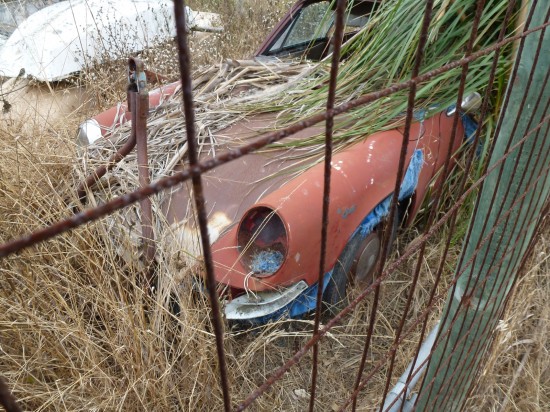
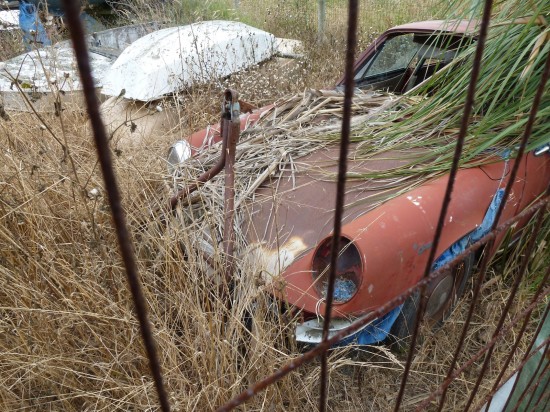
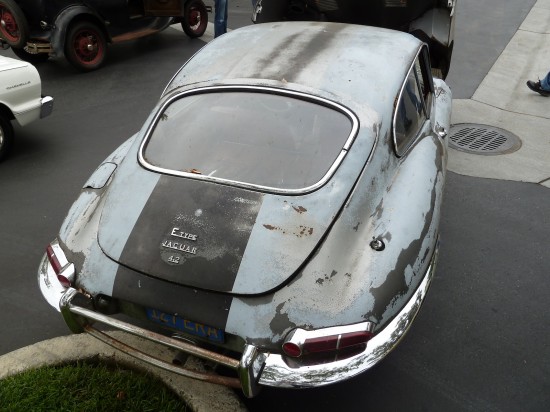
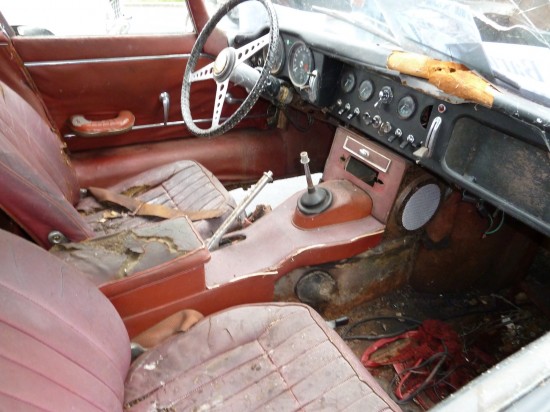
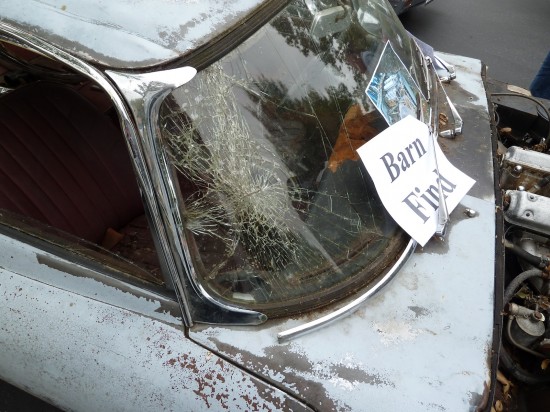


~ a very simple explanation of a complicated bureaucratic function. thank you both for the effort to clarify the process.
Thanks! Title bond brokers are the other part of this process that can vary…be sure to shop around and ask lots of questions.
Scot,
You are welcome.
I know this is not the most exciting subject but it may be important to some readers.
~ agreed! having reached or crossed my frustration threshold with DMV on several occasions i could have made use of these tips to streamline my own attempts.
Wouldn’t a mechanics lean be simpler?
I think a mechanics lean would apply if the owner owed money to the finder of the car. But even then the subject is about a car without a title.
The author is talking about finding a car where the owner is not known or maybe is known but the title is lost.
I find these topic very interesting, on a similar note I found this law regarding boats fascinating. http://www.huffingtonpost.com/2012/10/10/todd-tholke_n_1955871.html
Very interesting – so much for “the help of a good samaritan”.
The registration process of an “out-of-state” vehicle in California requires VIN verification, whether or not the car has a title and even a current registration outside of California. California lost title also requires a VIN verification if the registration is expired and/or the car is “off the DMV” books. I recently purchased an Alfa from OH and had the VIN verified by a licensed VIN Verification specialist. The cost was $25 and the VIN was verified in my driveway.
California liens consist of two categories based on vehicle value and/or monies owed. The “under $4000” lien usually takes 30 days to reach allowed sale date and is less scrutinized by the DMV. “$4000 and up” lien takes up to 4 months to reach a sales date and goes through more scrutiny. The latter lien is also not favorable as it gives original owner(s) more time to respond. These liens can be filed by an individual seeking to “recoup” his/her expenses. I usually used professional services here as well to make sure that all the ‘T’s” were crossed. Last thing you need is a problem with the State, especially if monies were invested in the restoration of the vehicle.
Good info. I didn’t spend a lot of time on VIN verification, mostly because it’s not typically that involved. However, all things are a bit more complicated in California, aren’t they?
Incidentally, California is *famous* for losing title and lien records, even on cars that are only a couple of years old. I’m not sure if it’s due to management, lack of funding, or just the sheer number of cars in California, but in my dealership days we often had trouble getting titles from California…to the point were we would have to devalue trade-ins with California titles a few hundred just because it was going to take them a long time to clear.
What happens if you had a but vin tags are not there?
i just got a 1990 gmc truck with a title but its from another state and the owner i got it from never registered the truck in his name so were do i go from here ????
Does New York State use bonded titles?
I baught a car from somebody and he gave me the certificate for the car and not copy of his id after all he says he baught a car as a scrap from somebody and repair it then if we check the relevant owner we don’t get him any where but the car is not reported for stolen
I bought a 1968 chevy impala 2 door fast back and when i purchased from the guy i got it from he just handed me the paper work he got from the original owner now the original owner cannot be found so now i found out about bonding the title/regisration. Cause the paper work i recieved which is certification of new york state registration for transfer of non -titled vehicle see i thought i could sign were it says transfered to new owner dmv said no so this is the reason why i am bonding it does any one have info on a matter like this it would be very helpful thanks
Just moved to Fl from NJ., I have 1979 chevy el camino, not a show car but nice and driven every day. Car has been registered and insured in NJ since 2012. Problem came when getting title transferred to Fl title. There seems to be an extra “0” in vin # on title. Vin # on title reads 1W800J9D407053……vin # on tag in lower driver side windshield reads 1W80J9D407053….Only 1 “0” after the numeral 8. I was in shock and dont know what to do. It almost seems like a common typo when typing when you hold key down too long and you get duplication. If there was a total different digit other than a duplicate I would think it is something more serious. I would think a new title could be issued off the vin # in windshield. Any heip or comments are greatly appreciated..John
John,
I think this should not be a difficult problem to correct. This probably has happened to others. I suggest going to the FL DMV web site to see if there is a form or a described method to fix this. Or you could call the DMV and ask for guidance from the helpful people there.
I suspect that you will wind with an appointment with the DMV to address this problem where you take the car and all documents in for an in person inspection where the DMV inspector will verity the car’s VIN and the title’s VIN and give you a signed doc that allows you to register the car and correct the VIN number.
Good luck.